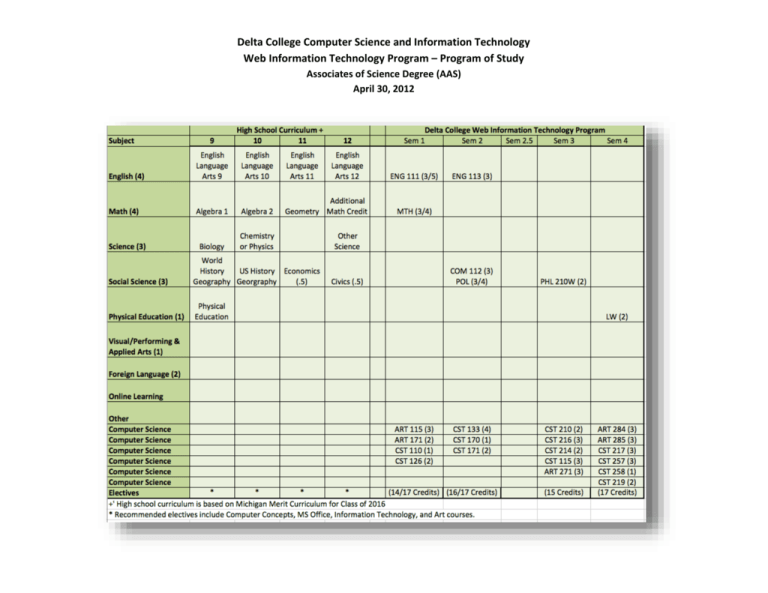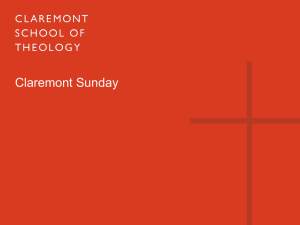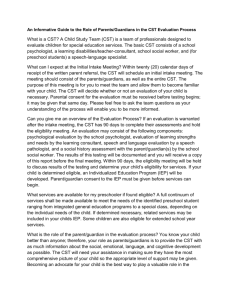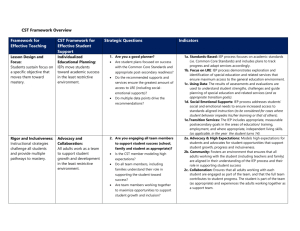POS_Web - Delta College
advertisement

Delta College Computer Science and Information Technology Web Information Technology Program – Program of Study Associates of Science Degree (AAS) April 30, 2012 The following computer courses are requirements for the Web Information Technology AAS Degree: ART 115 Design I : Experiments with the basic elements of design: line, form, space, value, textures, and color. Utilizes a variety of media in developing a visual vocabulary and understanding of art elements and composition. (0-90) ART 171 Digital Media for the Web: Explores the different types of graphic images and sounds that can be incorporated into a web page. Uses hands-on experiences with a number of different software packages to create and modify images and sounds. (30-0) ART 271 Digital Imaging I: resents technical aspects/skills of Adobe/Macintosh software (primarily Photoshop), with an arts emphasis toward developing aesthetic awareness. Explores image and photo manipulation, combining word and image, scanning, and acquired input. Introduces storage and output methods. (30-60) ART 284 Typography: Introduces typographic principles, guidelines and related terminology. Examines type, its classification, measurement systems and methods of specification. Explores various typographic applications including use of grid systems and the development of visual hierarchy of information. (45-45) CST 110 Web Page Development Using HTML: Develops skills to create and maintain a basic Web page using HTML. Includes text formatting, lists, graphics insertion, tables, and the use of links to other pages. (15-0) CST 115 E-Commerce Concepts: Provides an explanation of traditional commerce and e-commerce, which is doing business over the web. Describes an overview of the economic structures in which businesses operate and describe how electronic commerce fits into those structures. Includes a review of different Web-based tools, the software necessary, security concerns and strategies for Marketing, Sales and Promotion on the Web. (45-0) CST 126 UNIX/Linux Operating System: Provides a basic orientation to the Unix and Linux Operating Systems. Emphasizes how to create, display, copy and print files. Includes how to work with directories, and how to connect to the Internet. Credit may be earned in CST 126 or CIS 109, but not both (30-0) CST 133 Computer Concepts & Competencies: Prepares the student for the on-going ethical, environmental, societal and global issues of technology. Presents computer concepts including input and output of data and how information is processed, stored, and shared. Examines the purpose of networks, their technologies, scopes, and connectivity issues. Gives major consideration to Internet technology and access emphasizing research, education, communication, e-commerce, and security. Provides an introduction to software engineering and the analysis and design of computer systems. Discusses computer platforms, architectures, and system software. Develops PC competencies and skills including file management, word processing, spreadsheets, presentation graphics, database, Internet, Web pages, and graphics. Credit may be earned in CST 133 or CIS 133, but not both. (60-0) CST 170 Principles of Computer Programming I: Introduces fundamental concepts and techniques used to design computer programs. Includes problem definition, algorithm development, and program documentation. A programming language will be used to implement the design concepts. (15-0) CST 171 Visual BASIC Programming I: Introduces Visual Basic as a first class for Micro Computer programmers. Uses BASIC commands in a Windows environment. Emphasizes implementation of objects and event driven code. Presents screen design and Microsoft Visual Basic controls. Includes structured programming principles including internal and external program documentation; sequence, selection, and iteration constructs; and modular programming. (30-0) CST 210 Advanced Web Page Development: Focuses on concepts and tools for building web pages beyond basic HTML. Includes introductions to frames, forms, style sheets, image maps, and managing differences in current web browsers. Introduces web page scripting and server interactions. Discusses Internet issues including ethics, etiquette, accessibility and security. (30-0) CST 214 JavaScript Programming: Introduces the JavaScript scripting language for web page enhancement. Includes JavaScript programming elements, forms and graphical user interface, managing windows, controlling links and location, and working with images, plug-ins, and documents. Credit may be earned in CST 214 or CST 114 but not in both. (30-0) CST 216 Web Site Management: Explores the design and management of web sites using a variety of software applications. Uses hands-on experiences to create advanced web pages including hyperlinks, lists, tables, frames, forms, graphics, and special effects. (45-0) CST 217 Web Server Programming: Introduces web server programming for processing user interactions with an Internet server. Focuses on processing web page form information, dynamically creating web pages, executing data-driven applications on a Web server, and performing various interactions with a Web user. (45-0) CST 257 Database MS Access: Emphasizes the advantages of database processing, modeling, and design. Discusses design concepts from the standpoint of the user. Uses Microsoft ACCESS. Credit may be earned in CST 257 or CIS 260, but not both. (45-0) CST 258 Introduction to Structured Query Language (SQL): Examines SQL (Structured Query Language), which is the standard database language. Creates, updates, and retrieves information from relational databases. (15-0) CST 219 Web Site Deployment: Provides capstone experience for development of a complete web site for realistic client needs. Includes determination of requirements and web system design from an actual or hypothetical client. Includes deployment of a web site with a well-defined home page, multiple content pages, required graphics, forms, and server database interaction. (0-30)






